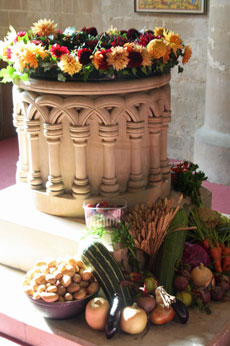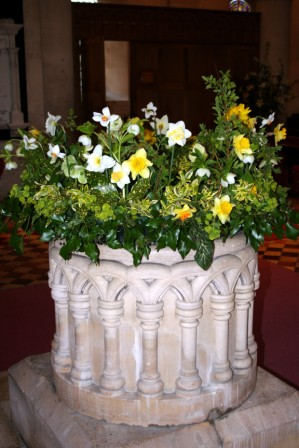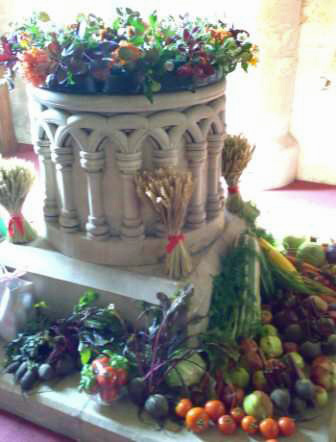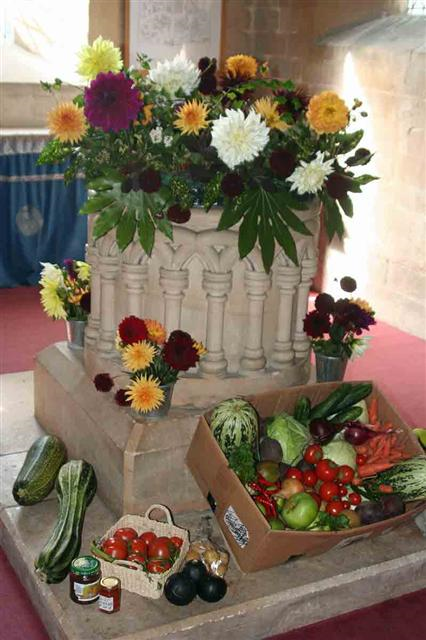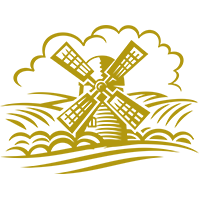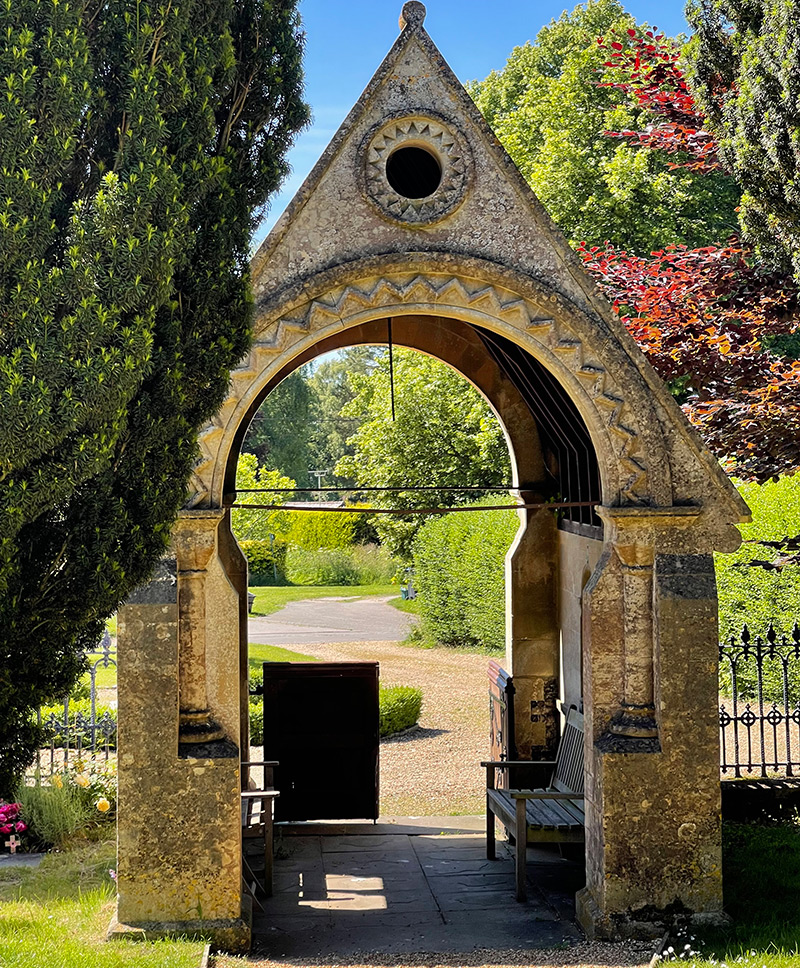
St Nicholas’ Church is located on the South side of East Grafton village green.
The lych gate provides a welcome entrance to the wide church yard which contains a large number of graves and some statuesque trees.
Grafton Parochial Church Council is responsible for the upkeep and running of the church.
To apply for enrollment on the church’s electoral roll please download the electoral roll application form and return – return details are on the downloaded form.
Contact details for St Nicholas’ church
| Vicar | Rev M McHugh | 01672 870779 |
| Churchwarden | Rev M McHugh | 01672 870779 |
| PCC Secretary | Millie Lemon | 01672 810266 |
| Church cleaning/flowers | Liz Hosier | 01264 731242 |
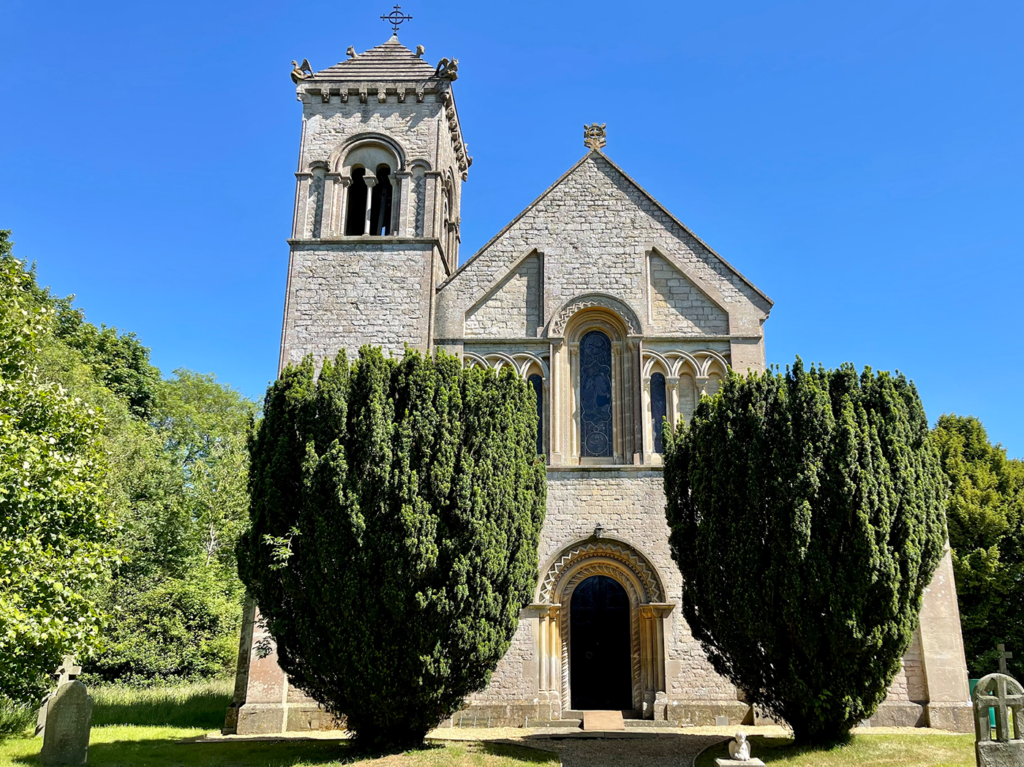
Church History
In the nineteenth century an enlightened and energetic vicar, John Ward, fought a long campaign to give Grafton its own church. He persuaded the Marquess of Ailesbury, who owned the land around, to give enough ground for a church, a parsonage and a school.
The church was completed in 1844. It is built of Bath stone, in the Romanesque or neo-Norman style, with an apse and a campanile, rather like a smaller edition of Wilton church near Salisbury.
The apse is the most distinctive feature of our church, and its decoration is the work of Willement, famous for his church interiors.
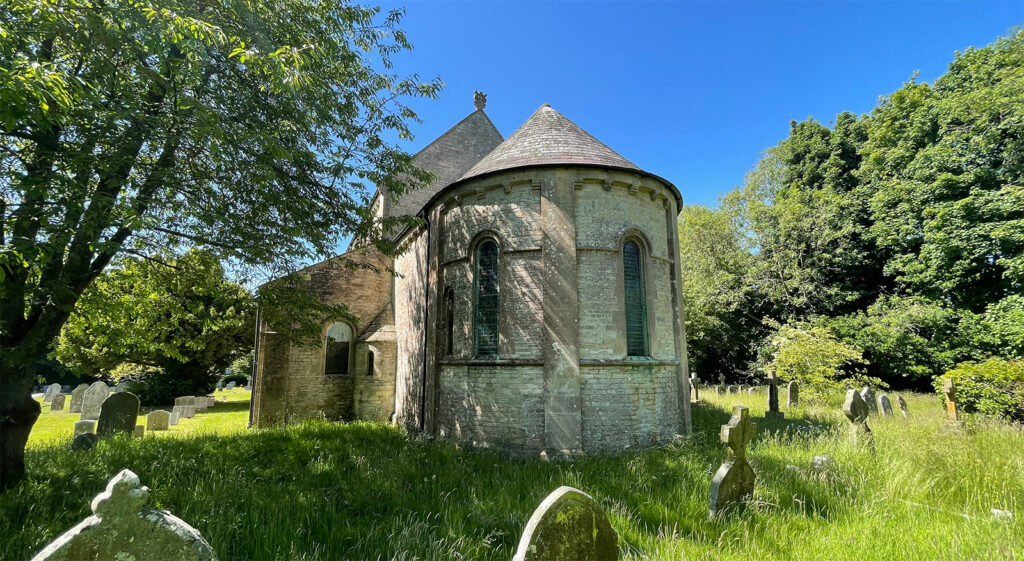
The story behind St Nicholas
Saint Nicholas Bishop of Myra, c.326
Nicholas was a fourth-century bishop of Myra in Asia Minor (southern Turkey). His reputation as a worker of wonders was enhanced by a ninth-century author of his hagiography and he is now best known through these stories. Many of them concern his love and care for children, how he fed the hungry, healed the sick and cared for the oppressed. He saved three girls from a life of prostitution by providing them with dowries and so developed the tradition of bearing gifts to children on his feast day, a practice appropriated by the Christmas celebrations. Nicholas is also one of the patron saints of Russia.
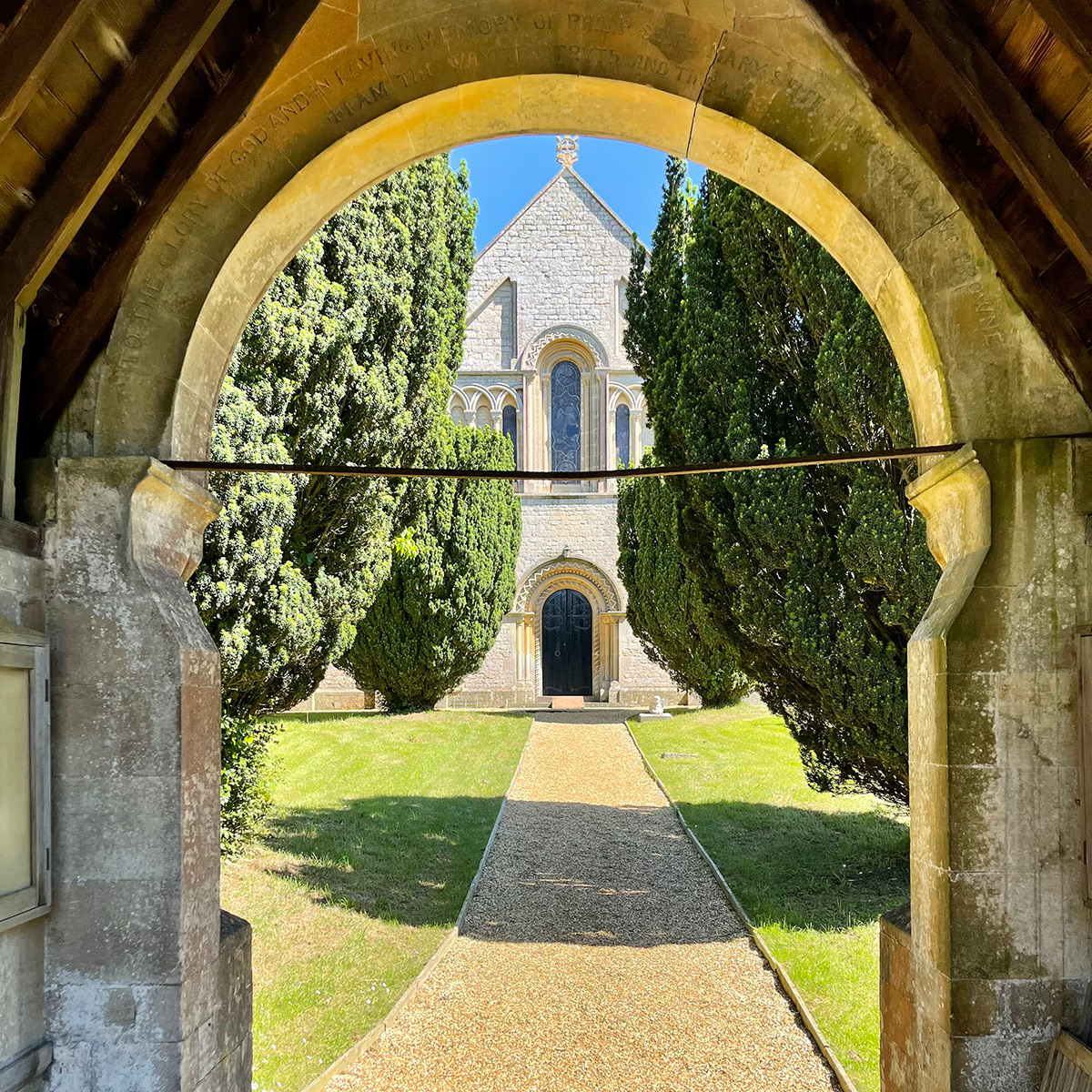
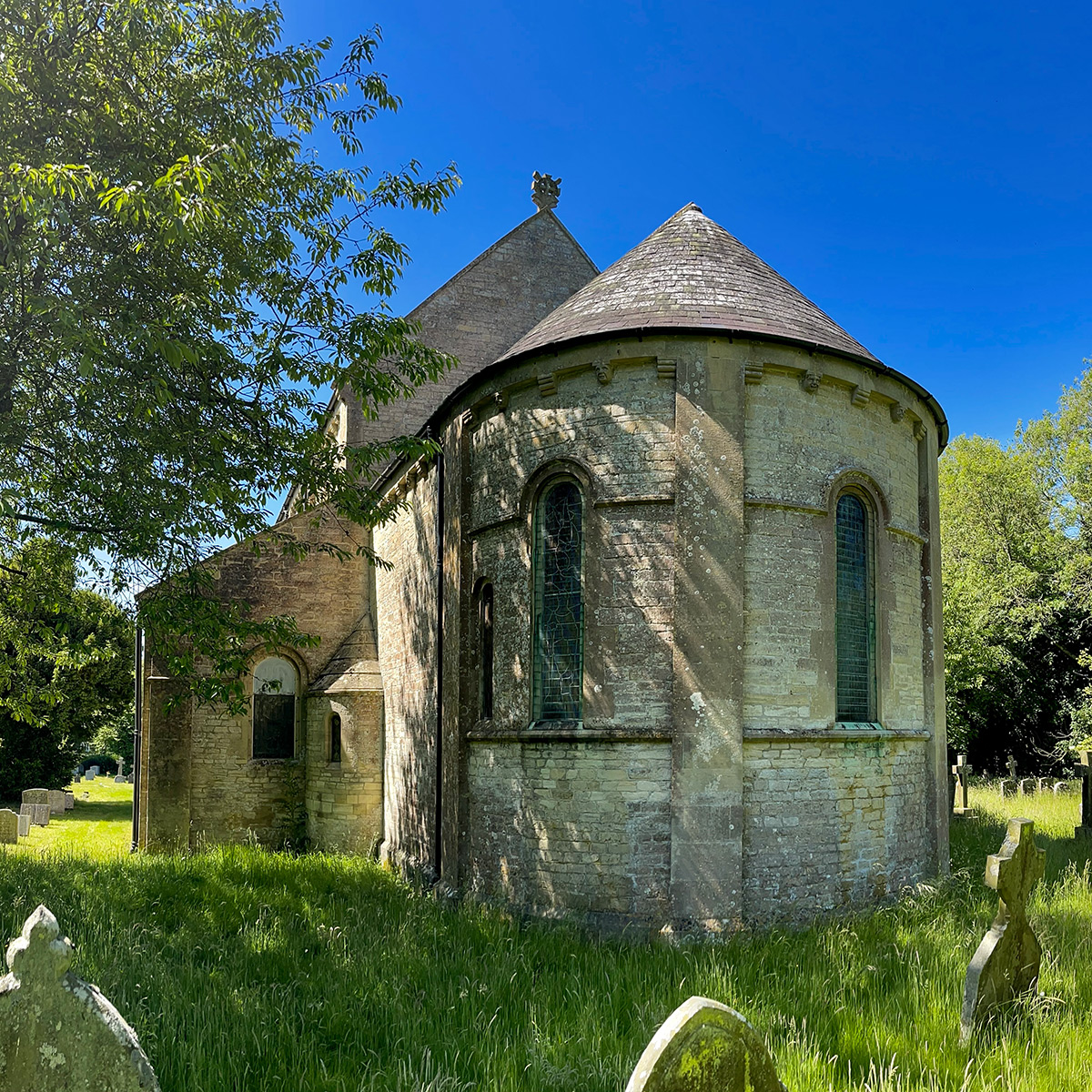
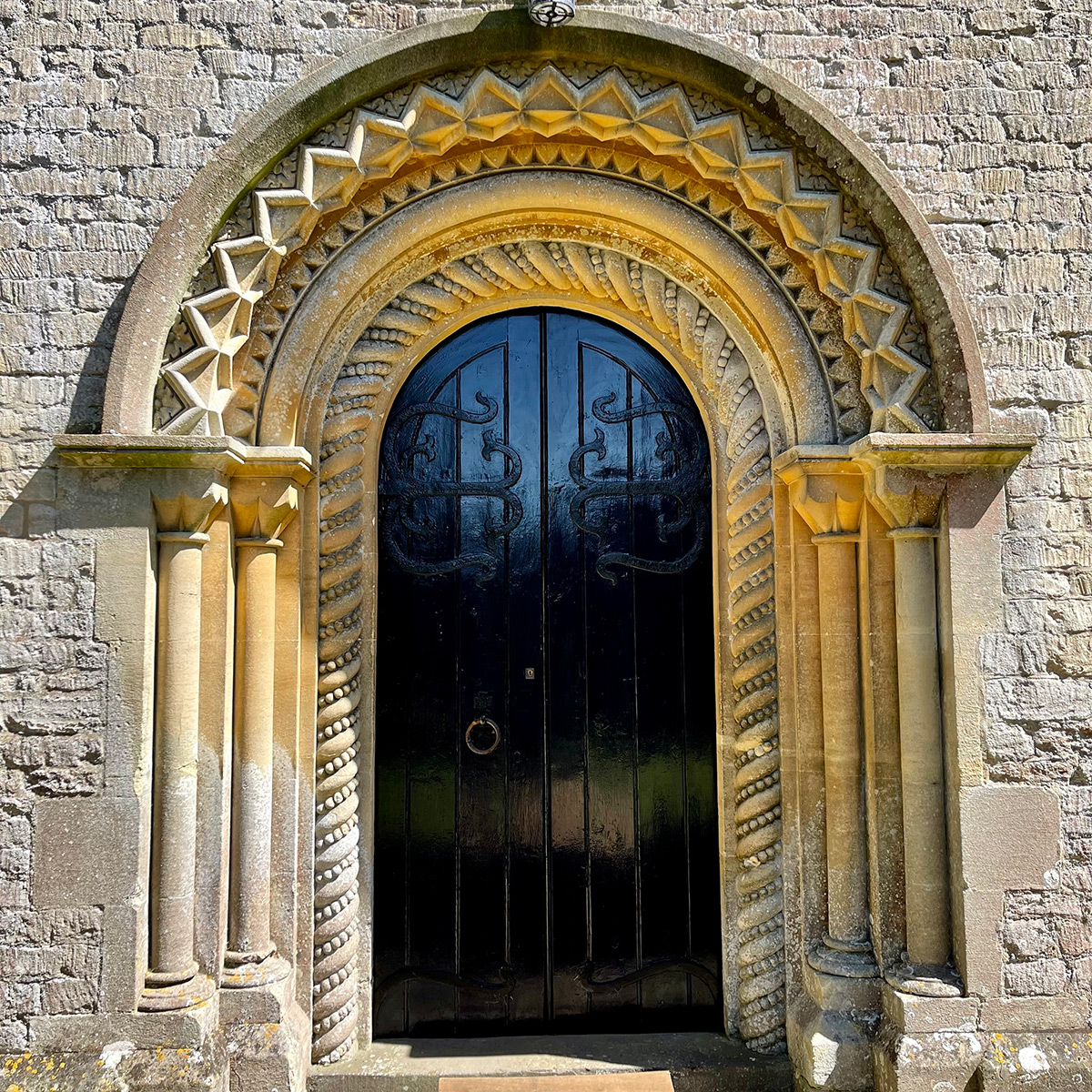
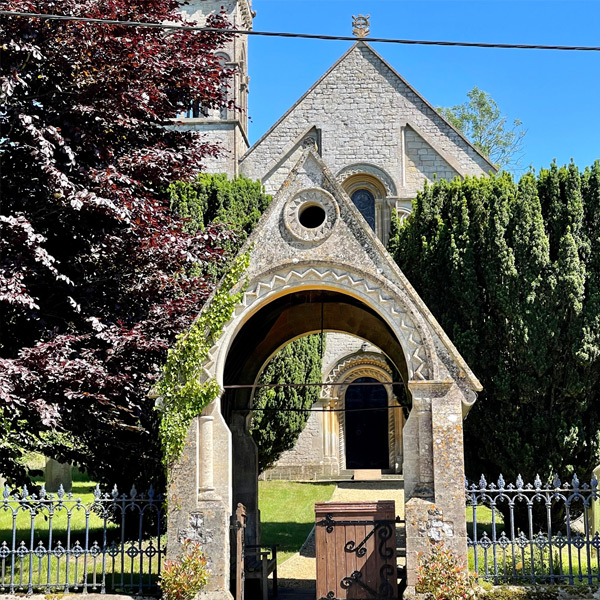
About the Architect
Benjamin Ferrey (1810-1880) was born in Christchurch, Hampshire and educated at Wimborne Grammar School. He showed early skill in drawing, so his parents sent him to London to study architecture under Auguste Pugin. One of his fellow students was Pugin’s son, AW Pugin, who would become one of the most influential architects of the Victorian age. Ferrey established an architectural practice in Bloomsbury, London in 1834, and was one of the first architects to join the Royal Institute of British Architects (RIBA), which he twice served as Vice-President. He rose to become Diocesian Architect for Bath and Wells, and Secretary of Architects’ Committee for the Houses of Parliament. His ecclesiastical work included restoration at Wells Cathedral and Christchurch Priory, Church of St. Stephen, Westminster (1846), and Christ Church, Esher, Surrey (1853). Ferrey was one of the leading lights in the Norman and Gothic Revival movements that so characterise churches in the Victorian era.
Heritage of the church
A Grade II* listed building in Norman Revival style, designed in 1844 by Benjamin Ferrey. St Nicholas’ is very much a church in the continental European idiom, unusual to find in the Wiltshire countryside! It is said to have been modelled after a church at Thaon, Normandy.
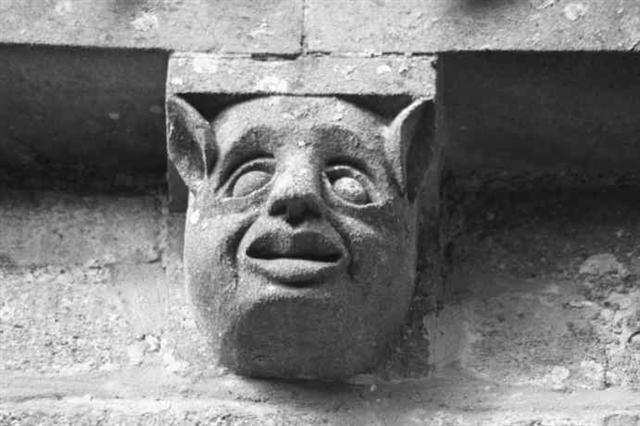
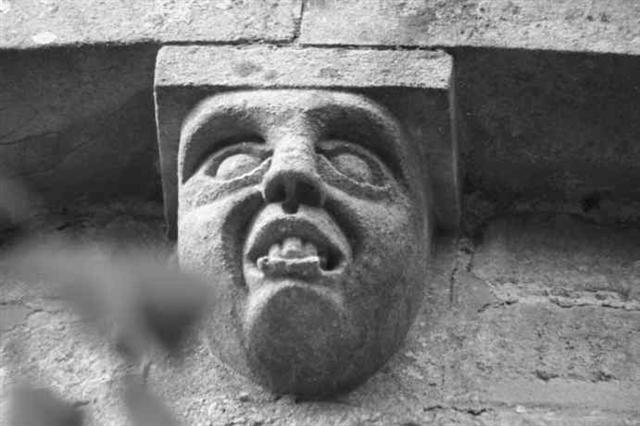
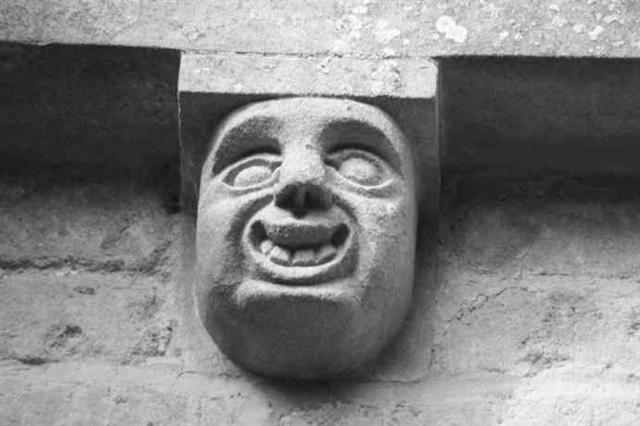
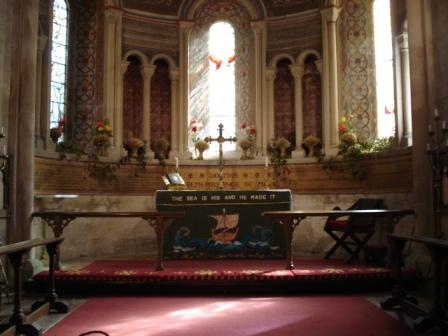
At first glance it appears that St Nicholas church has been magically transported to the Wiltshire countryside from the European continent. It bears more than a passing resemblance to the ornate Italianate church at Wilton, near Salisbury, with a continental-style bell-tower set alongside the main body of the church, and Romanesque arcading decorating the west front. You enter the churchyard through a striking stone lych gate, in Italianate style, with a peculiar central circular window under the gable.

The interior of St Nicholas is spacious and airy, with arched clerestorey windows admitting shafts of bright light. While predominates – at least until you get to to the fabulously painted chancel, where the rounded apse has been brightly painted with stars on the ceiling and Victorian stencilled patterns on the walls. The stained glass is brightly coloured, as you would expect of a largely Victorian church.
It is hard to characterise St Nicholas church as historically important – but it is still a fascinating building, not least because it is a good example of the emerging style of Victorian Norman Revival.
Church services
Please see the Savernake Team website to find out about our beautiful Parish Church and all service timetables and contact details.
Flowers / Events
The team are always pleased to receive photographs of events held in the Church or in the Coronation Hall which they will add to this website page. There are regular reports on recent events in the Parish Community news.
